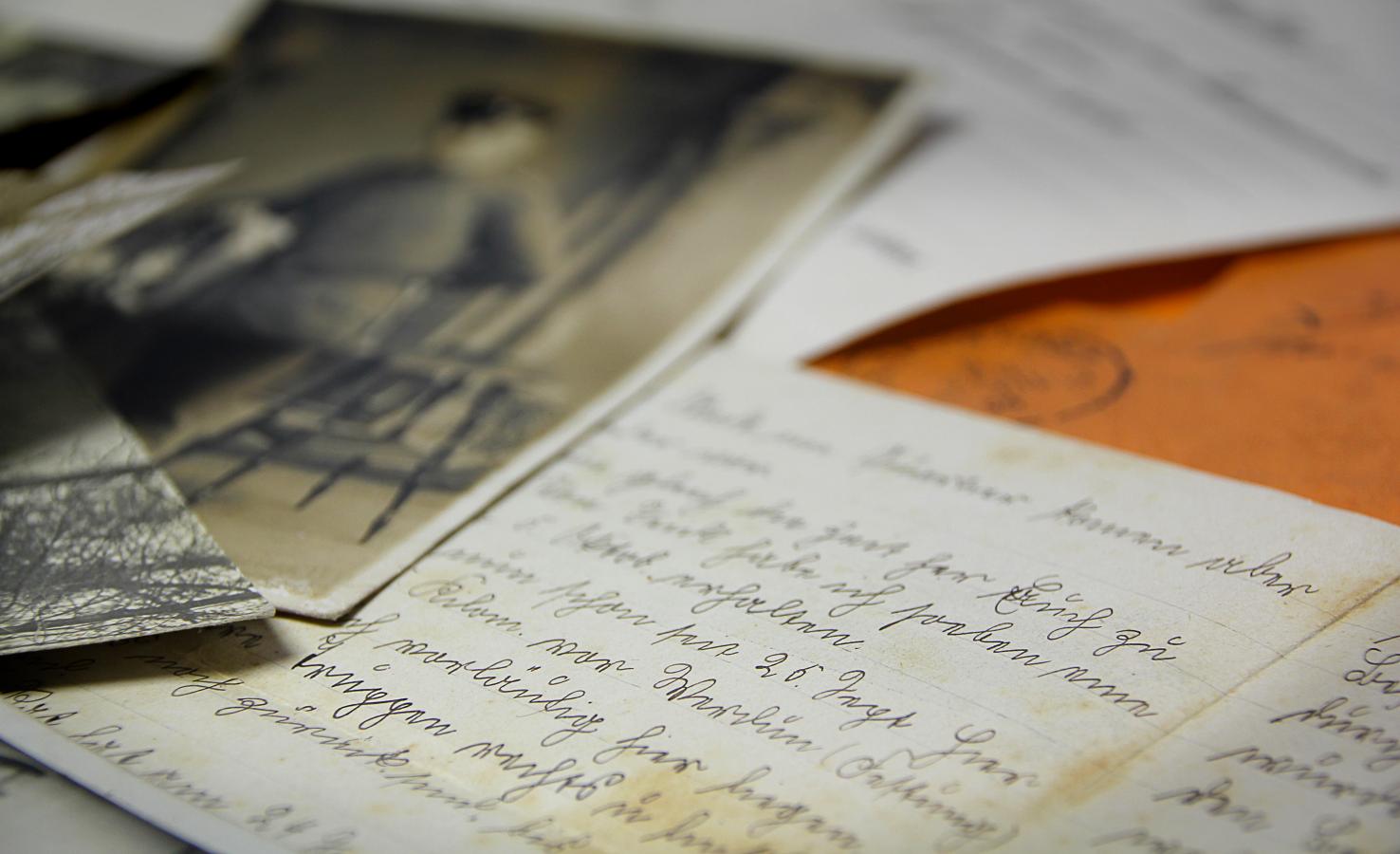
A late middle-age daughter, Susan, and her elderly, but sharp as a tack, father, both from Dublin, came in to the Irish Family History Centre (Dublin) in April on the hunt for her dad’s father (her grandfather), who they thought was an only child, as well as her grandfather’s parents. I was on duty at the time and welcomed them warmly to the consultation desk.
Susan had done some research but found very little. Her paternal grandfather had been born in 1894 in Dublin but was proving difficult to pin down in either of the 1901 or 1911 Irish Censuses. She had his birth certificate and marriage certificate, which confirmed the name of his father and his wife (Susan’s paternal great grandfather and great grandmother). But we only had the names – no dates. These great grandparents could not be found on censuses either. And their marriage, which would have been around 1892, and which should have been easy to find, could not be located anywhere. What was going on? In the time available, I could only offer some advice as to how to proceed, and both father and daughter left in good mood and thanked me for my efforts. But I was not very happy.
Overlapping with my shift that day was fellow IFHC genealogist Maura Flood. Things were quiet for a bit, so I showed her the case to see what she could advise. We both brainstormed at the computer, testing various scenarios, until Maura hit on searching workhouse records. Brilliant! We quickly established that, in the late 19thC, Susan’s grandfather, her great grandmother and another child of the great grandmother’s were all in the workhouse. We had found most of the family, but also demonstrated that her grandfather was not an only child. We were both delighted at finding them, tinged with sadness that there was evidently a tragic family tale being uncovered.
There were still many questions to answer – not least, where was the great grandfather – but that would be for Susan to follow-up after she had been informed.
Two genealogists can be better than one in breaking down family brick walls.
By Patrick Roycroft
